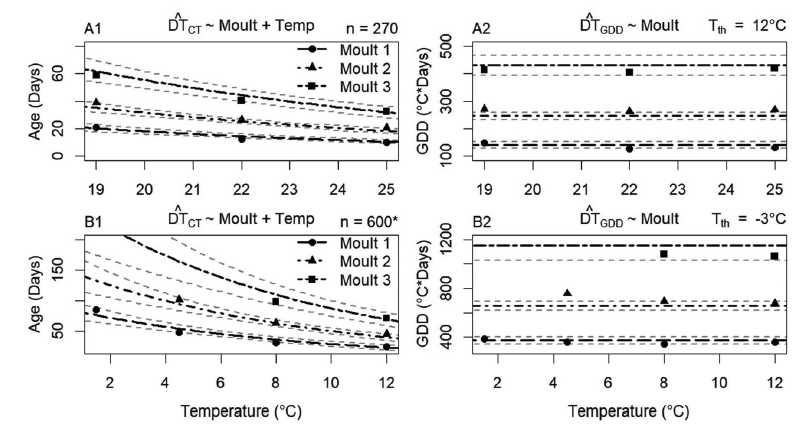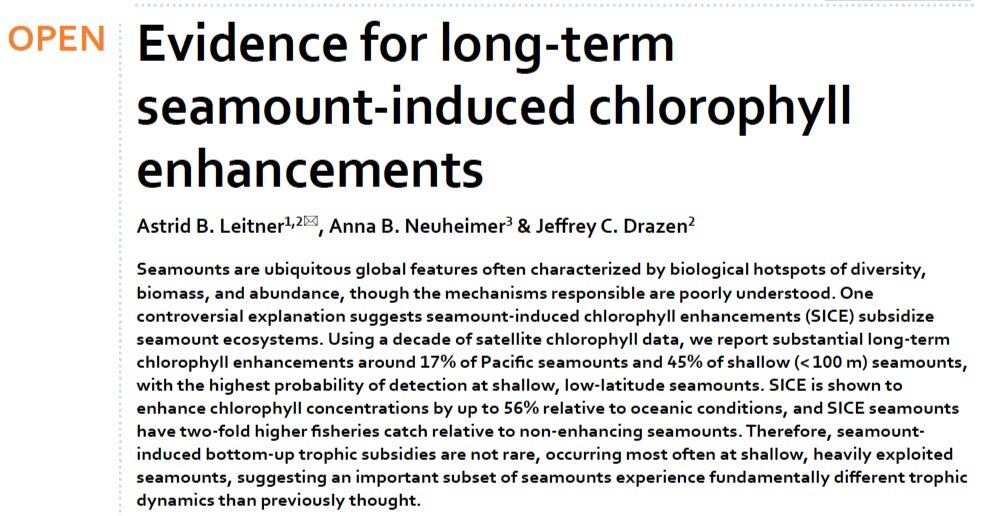In a recent study published in Marine Ecology Progress Series, we combine field surveys, genetic analysis and biophysical modelling to explain larval dispersal of convict surgeonfish (Acanthurus triostegus) on the windward coast of O‘ahu, Hawai‘i. Results from the various methods show that Kāne‘ohe Bay acts as a retention zone for the larvae.
The study was led by Chelsie Counsell with colleagues at the University of Hawai‘i at Mānoa in both Biology and Oceanography.
Counsell, C.W.W., R.R. Coleman, S.S. Lal, B.W. Bowen, E.C. Franklin, A.B. Neuheimer, B.S. Powell, R.J. Toonen, M.J. Donahue, M.A. Hixon & M.A. McManus. 2022. Opening the black box: interdisciplinary analysis of larval dispersal for a coral reef fish. Marine Ecology Progress Series. 684: 117-132. (pdf).

























